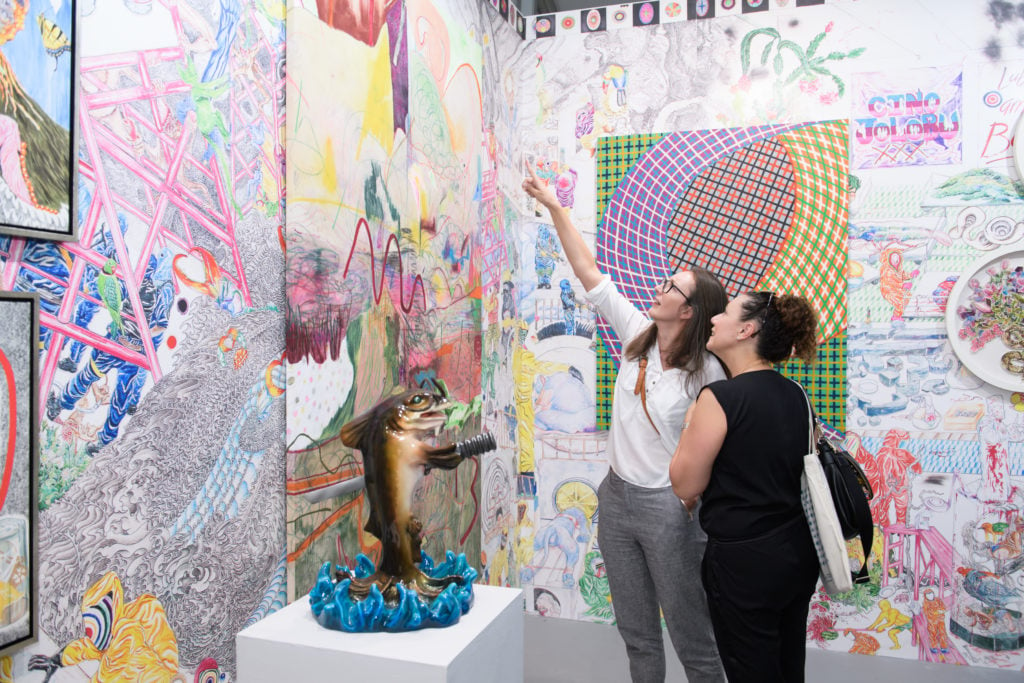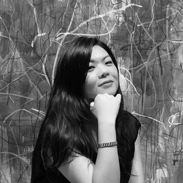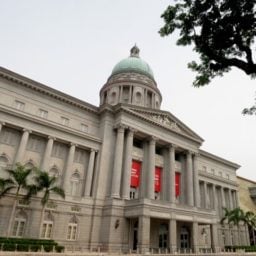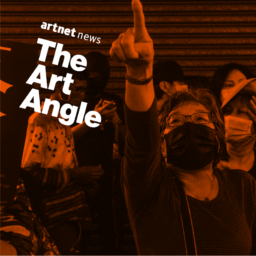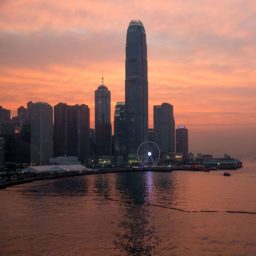Laughter, chatter, and the pop of champagne corks offered a swanky soundtrack to the VIP preview of S.E.A. Focus, the upstart art fair in Singapore that concluded its second edition on Sunday. The fair, held inside the pristine, air-conditioned central hall of Singapore’s dedicated art district Gillman Barracks, attracted visitors from across Southeast Asia and served as a clear articulation of the city state’s ambition to become a regional art hub.
Indeed, just like Singapore’s perfectly manicured tree canopies, the intimate, smart-looking art fair—or platform, the term preferred by its organizers—was no happy accident. It was, instead, the product of a carefully coordinated effort on the part of the government to drive arts development. The commercial platform, which focuses on Southeast Asian contemporary art, has taken on an increasingly important role following the abrupt cancellation last year of Art Stage Singapore, formerly the region’s most prominent art fair.
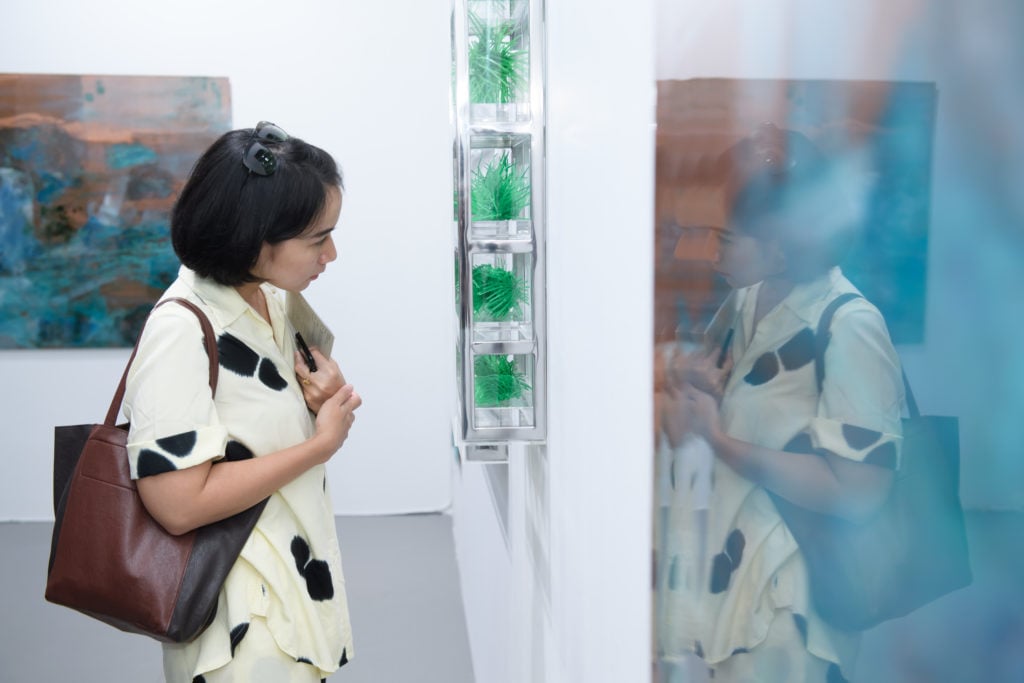
A visitor inside the FOST Gallery booth at SEA Focus 2020. Image courtesy of STPI—Creative Workshop & Gallery.
“People from our region trust auction houses more when it comes to buying art, even antiquities,” said Emi Eu, the director of STPI–Creative Workshop & Gallery, which organizes S.E.A. Focus. “Sotheby’s and Christie’s play such a huge role in our market. For years, we have been trying to recalibrate that. But now that Art Stage is no longer with us, we hope that we can contribute on a small scale.”
Compared with other art markets in the region, like Indonesia and Hong Kong, the market in Singapore is relatively small. The city state has not managed to attract or retain international galleries the way Hong Kong has, despite national investment. But Eu hopes S.E.A. Focus can grow into a hub for the wider region—particularly at a moment when Hong Kong is suffering from both political upheaval and a recession.
“We hope to not just bring Southeast Asian art to the forefront, but also to bring everyone together through a platform that can send a message to the outside world,” she said.
A Top-Down Effort
Compared with Art Stage, which hosted around 100 dealers in 2018, S.E.A. Focus is small, with just 20 exhibitors in 2020. But thanks to its dedicated backers, it is likely to outlast other regional fairs that have struggled to stay afloat in recent years.
The National Arts Council Singapore, which plays a key role in driving Singapore’s cultural development, helps fund the fair. Organizer STPI Gallery is also backed by the government, with its Gillman Barracks venue and around 25 to 30 percent of its annual budget covered by public funds. Along with the ongoing Singapore Biennale, the fair is a centerpiece of Singapore Art Week 2020, also a government-backed initiative.
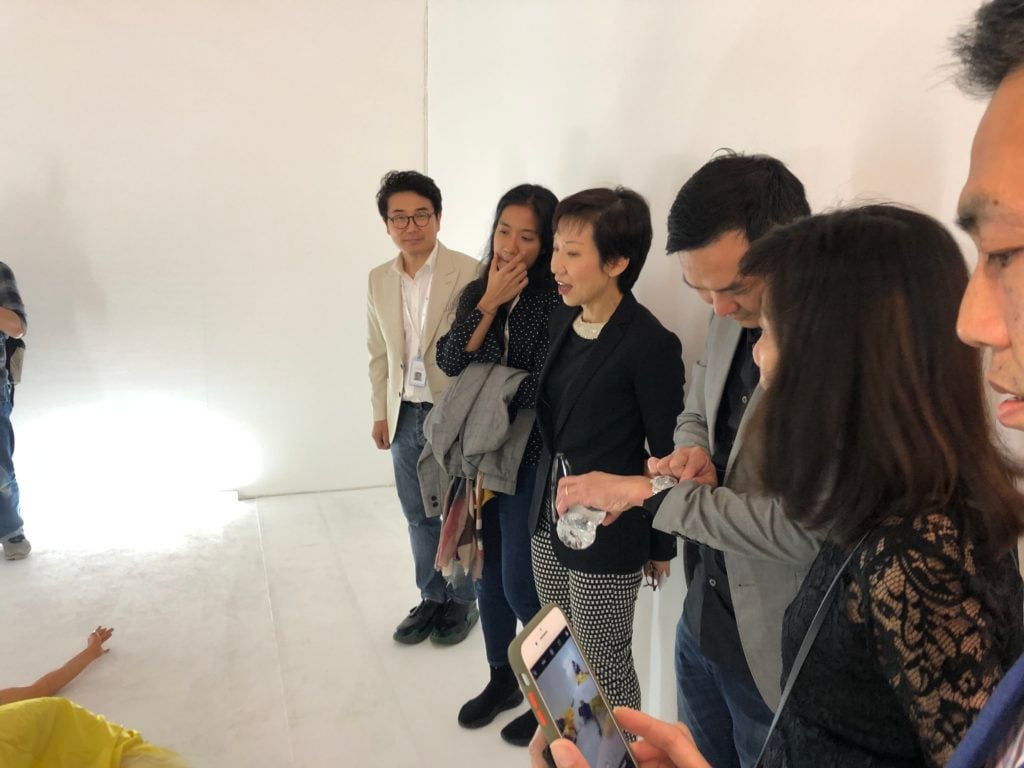
Grace Fu, Minister for Culture, Community and Youth (center), was engaged in a conversation with artist Eisa Jocson (second from left) discussing her work at the booth of The Columns Gallery booth at S.E.A. Focus. Photo: Vivienne Chow.
Indeed, Singapore—a former British colony and then a part of Malaysia that didn’t become independent until 1965—takes art seriously. As Grace Fu, Singapore’s minister for culture, community, and youth, pointed out in a speech at the fair’s vernissage, the arts help define the nation’s identity. The fair’s mission “to discover, appreciate, and understand Southeast Asian art and artists better” is in line with the government’s official four-year arts plan, which aims to position Singapore as a global destination for art viewing, making, and buying.
And while the direction is top-down, its execution comes down to individuals. “We are a really good example of public-private partnership,” said Eu, who first visited Singapore in 1996 and relocated to the Lion City from the US in 2001. “Speaking as an outsider, it’s quite extraordinary. It is feasible because it’s a small city state.”
It also helps that Singapore’s economy and political leadership is stable, fueled largely by the banking, biotech, and energy sectors. “In light of what’s happening around the world these days, the Singaporean government gives us stability and assurance that we can continue to move forward,” Eu said. “We have to be discerning, take the good and run with that.”
Southeast Asia in Focus
The intimate second edition of S.E.A. Focus drew galleries from cities ranging from New York and Berlin to Beijing and Seoul. The only common ground was their choice of art—they all presented work by artists who come from or have strong ties to Southeast Asia.
The result was an easy-on-the-eyes, if not challenging, fair characterized mainly by solo or duo presentations of regional contemporary art. Yavuz Gallery mounted a solo presentation of Singapore-based Luke Heng; STPI presented the Thai artist Pinaree Sanpitak and Indonesian-born Melati Suryodarmo; Vitamin Creative Space, which has spaces in Guangzhou and Beijing, presented work by the Vietnam-born Danish artist Danh Vō.
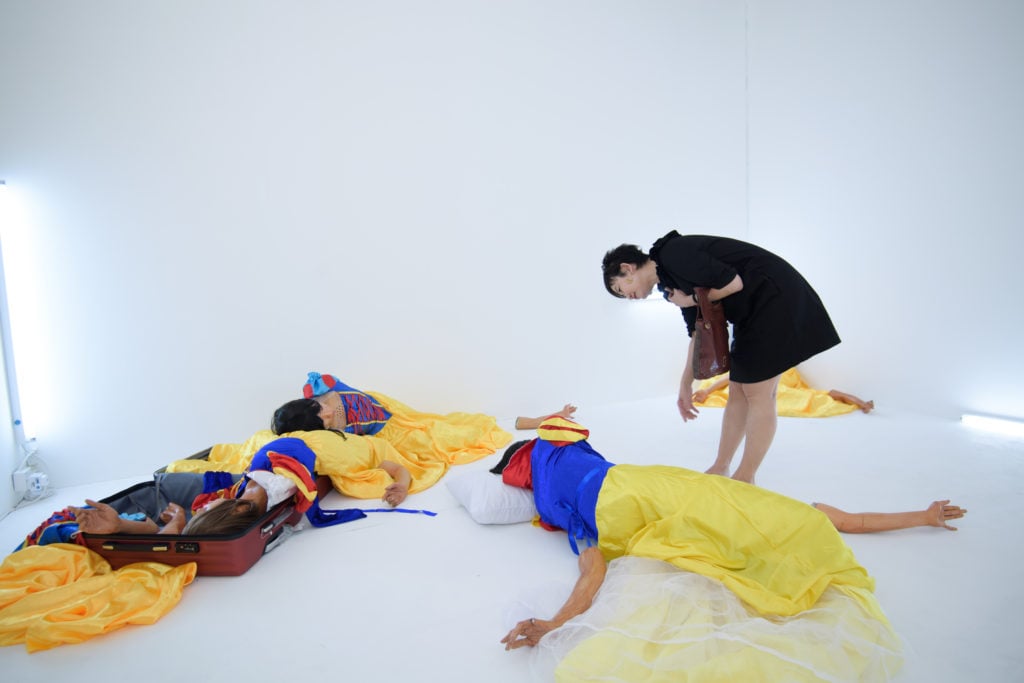
Installation view of the Columns Gallery booth at SEA Focus 2020. Image courtesy of STPI—Creative Workshop & Gallery.
Participating dealers were in good spirits by the end of the first day. Sullivan+Strumpf, which has spaces in Singapore and Sydney, sold many of the fossilized sculptures it brought by Singaporean artist Dawn Ng for prices ranging from $5,000 to $25,000. “The fair is small but the quality is high,” said the gallery’s owner Ursula Sullivan. “It brings together a proactive group of Southeast Asian galleries and collectors.”
The Columns from Seoul held a solo presentation of Eisa Jocson from the Philippines, who won the 2019 Hugo Boss Asia Art Award. Jocson’s eerie sculptural installation Becoming White, which consists of figurines of broken limbs dressed up as Disney’s Snow White, was a key attraction at the fair. Dong Jo Chang, the gallery’s president, said a number of works were on reserve on opening night.
An Alternative View
While S.E.A. Focus was having a successful run at the immaculate Gillman Barracks, a grungy pop-up art space on the other side of the city offered an alternative view of the Singapore scene and its potential future. A former ship repair workshop and warehouse at 2 Cavan Road became an exhibition space for Twenty Twenty, a project spearheaded by the Singapore Arts Club, founded by art entrepreneur Audrey Yeo.
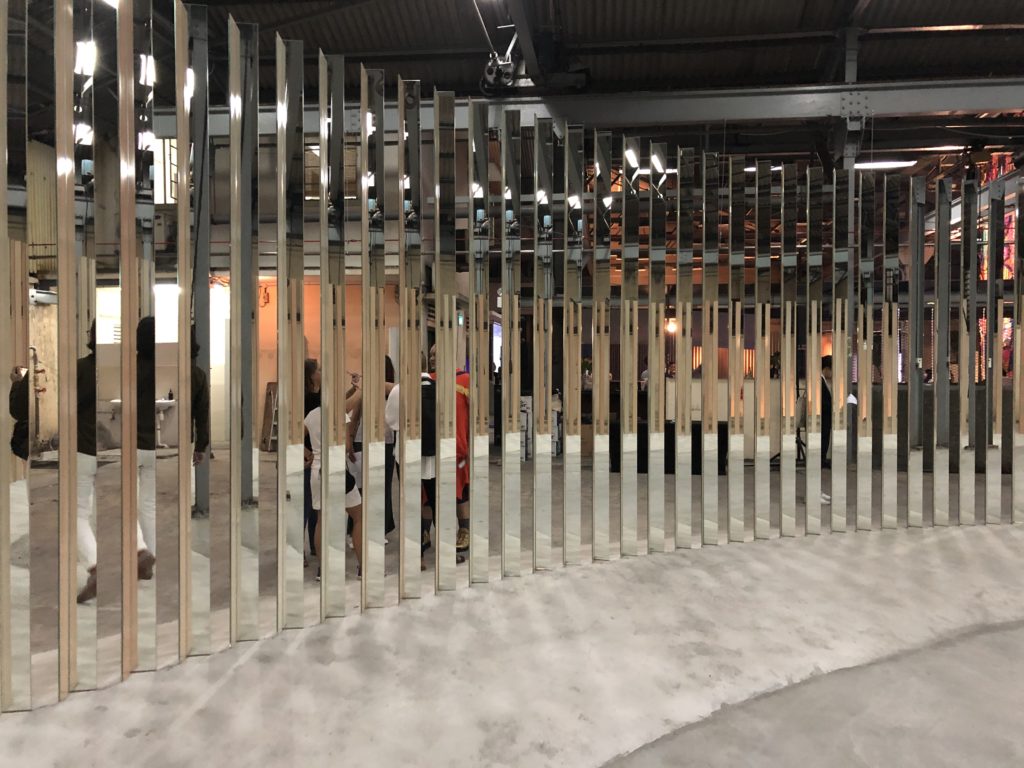
Merry Go Round by Singaporean artist Dawn Ng is a headlining piece on show at Twenty Twenty, a pop-up exhibition by Singapore Arts Club. Photo: Vivienne Chow,
The group exhibition featuring six artists is an unusual statement in Singapore. Unlike many of the neatly restored heritage sites in the city state, the exhibition space was raw. The pop-up art show was also privately organized by Yeo without public funds.
“While the Singapore government has done a lot to grow the art scene here in the past decade or so, it’s vital that there is self-driven growth as well,” Yeo said. “The ecosystem not only needs expansion, but also sustainability. And long-term sustainability is best achieved through a confluence of institutional leadership and the energy of independent players and market forces.”
She added: “An art scene is like a gene pool: diversity is health. A vibrant, dynamic arts ecology would encompass a plurality of voices, opinions, expressions, forms.”
